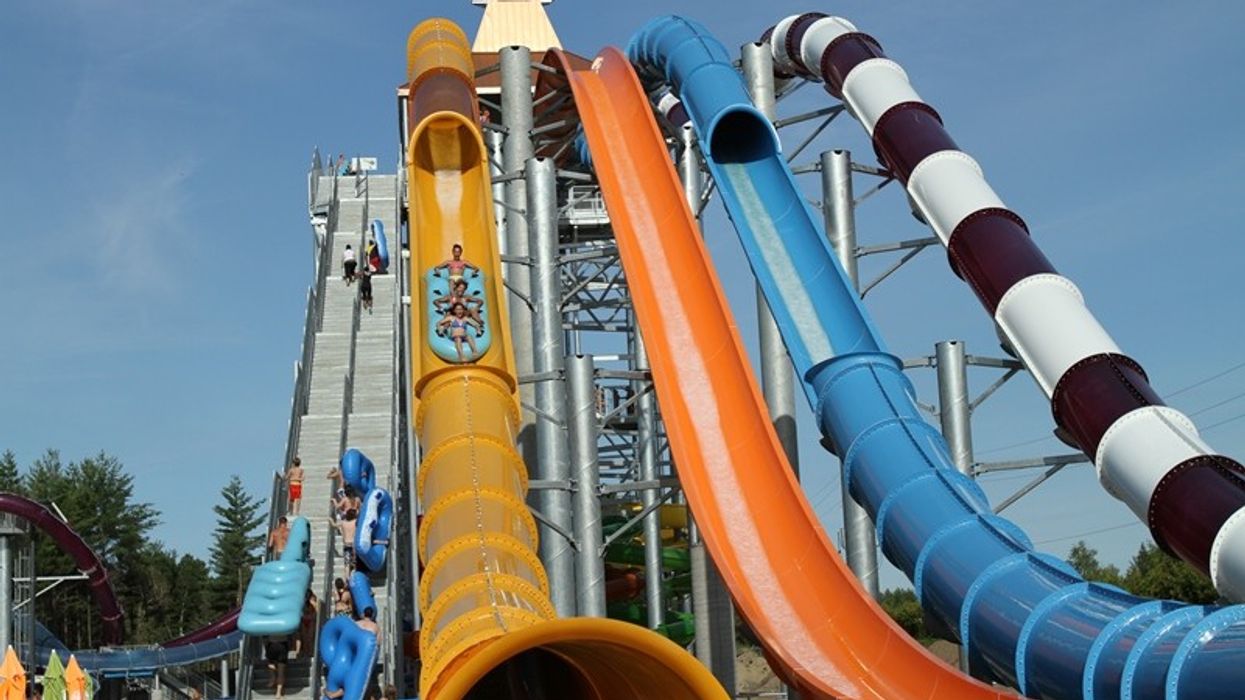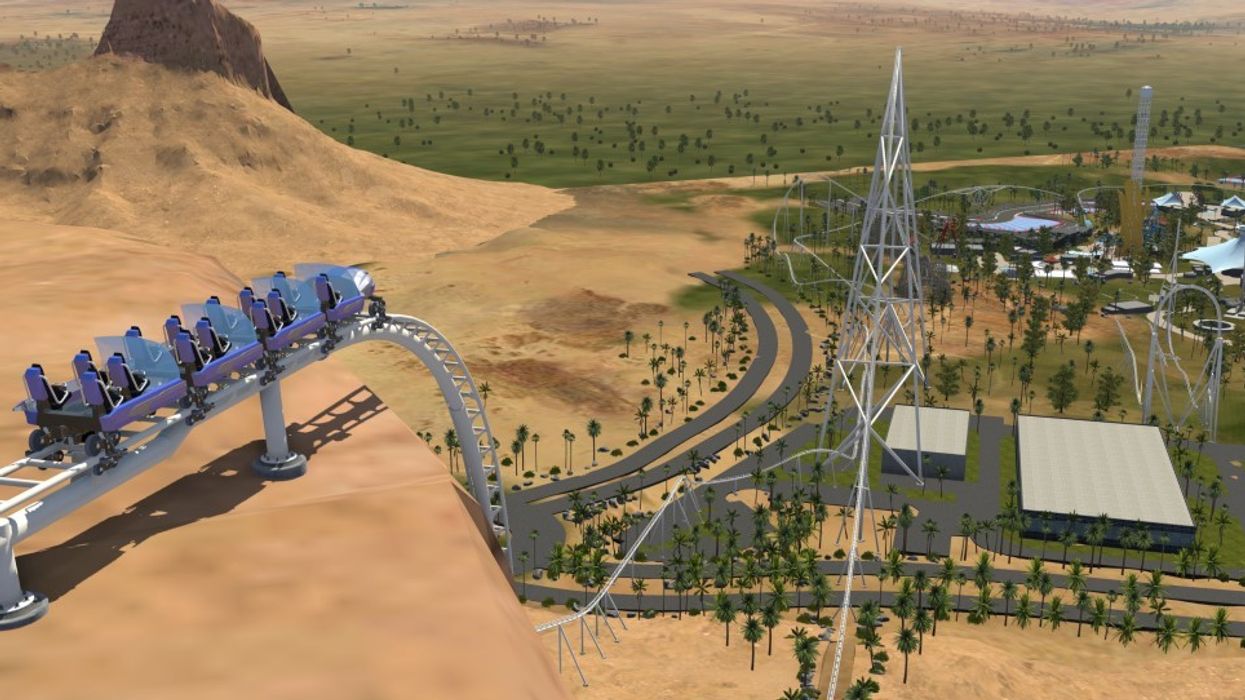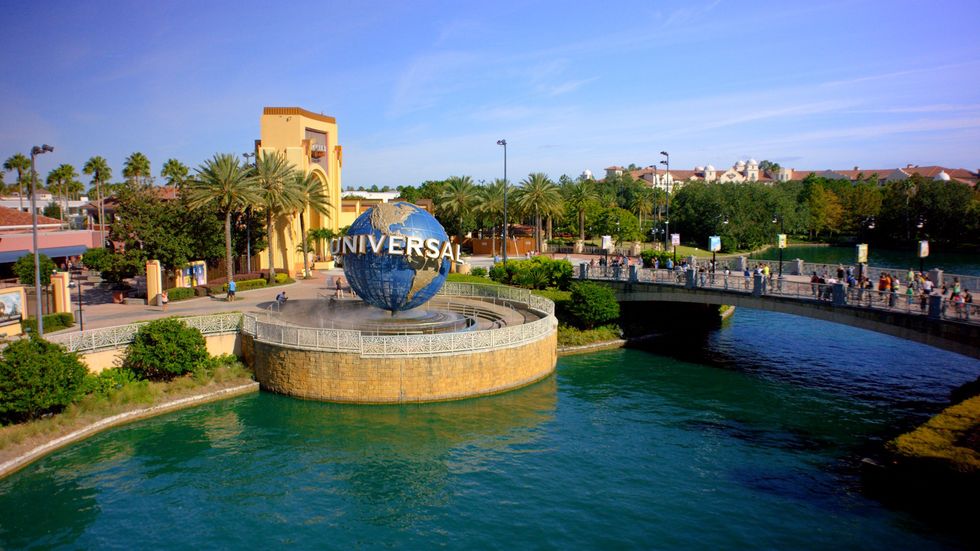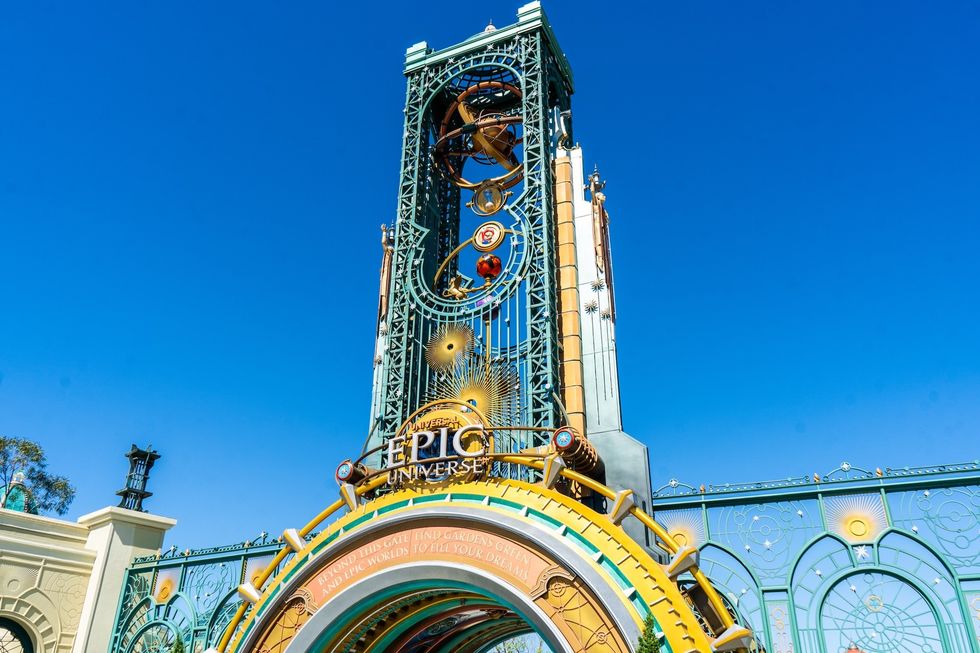The attractions industry is a significant driver of the United States economy. Based on research sponsored by the International Association of Amusement Parks and Attractions Foundation and conducted by Tourism Economics, an Oxford Economics company, the U.S. attractions industry generated a total economic impact of nearly $219 billion in 2011.
Attractions generate a ripple effect of economic activity, including direct industry sales ($34 billion), capital expenditures ($5 billion), and the ancillary spending of outoftown visitors at local establishments outside the attraction, such as hotels, restaurants, and retailers ($52 billion). A full measurement of the impact of the attractions industry also includes indirect and induced impacts ($127 billion) through the supply chain and the spending of attractionsgenerated incomes.
The attractions industry grew at nearly twice the rate of the overall U.S. economy from 20042011. In 2004, the attractions industry generated a total economic impact of $146 billion. Over seven years, the impact of attractions in the US grew 50% with an average growth rate of 6% per annum.
Related: We'll Always Have Paris; The Euro Attractions Show (EAS) 2013 in the City of Love / The Asian Attractions Expo 2013; IAAPA in Singapore / IAAPA's 12th Annual Charity Golf Day: Helping Give Kids The World.
The attractions industry’s nationwide economic impact of nearly $219 billion in 2011 included $91 billion in direct impacts 1 and $127 billion in indirect and induced impacts. This total economic impact of $219 billion included nearly $67 billion in total labor income, supporting more than 2.3 million total jobs 2 . Amusement/theme parks (including waterparks) had the largest impact, generating $122 billion in total economic activity, including $40 billion in total labor income and 1.3 million total jobs. Museums and family entertainment centers (including amusement arcades, bowling centers, ice/roller skating rinks, miniature golf courses, coinoperated amusements and concession operators of amusement rides) generated economic impacts of $37 billion and $32 billion, respectively.
In addition to the economic impacts, the attractions industry also generated significant fiscal (tax) impacts at the federal and local and state levels. In 2011, the industry generated more than $22 billion in federal taxes and nearly $19 billion in state and local taxes. Amusement/theme parks (including waterparks) generated more than $12 billion in federal taxes and nearly $11 billion in state and local taxes.
At the State level, the attractions industry generated an impact of nearly $48 billion in Florida, including $14 billion in total labor income, supporting nearly 489, 000 total jobs. Fiscal impacts in Florida approached $5 billion in federal taxes and more than $4 billion in state and local taxes. California ranked second, with a total economic impact of more than $38 billion, including $11 billion in total labor income and nearly 358, 000 total jobs.
Contact: IAAPA Foundation – David Mandt, +1 703/8364800, DMandt@IAAPA.org























